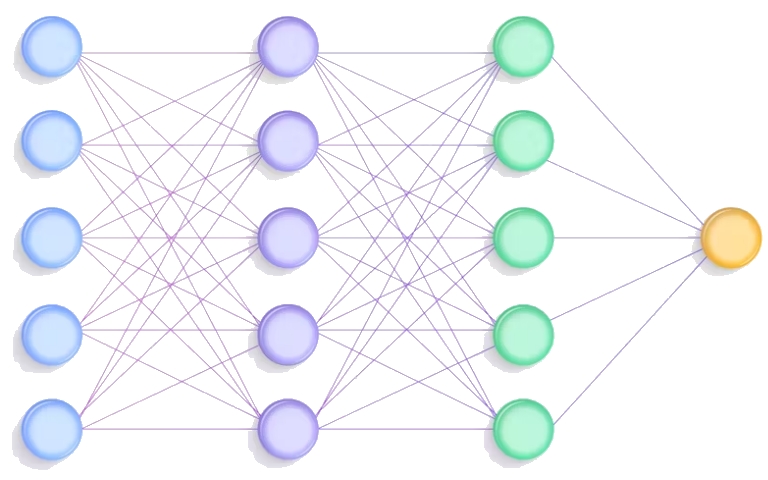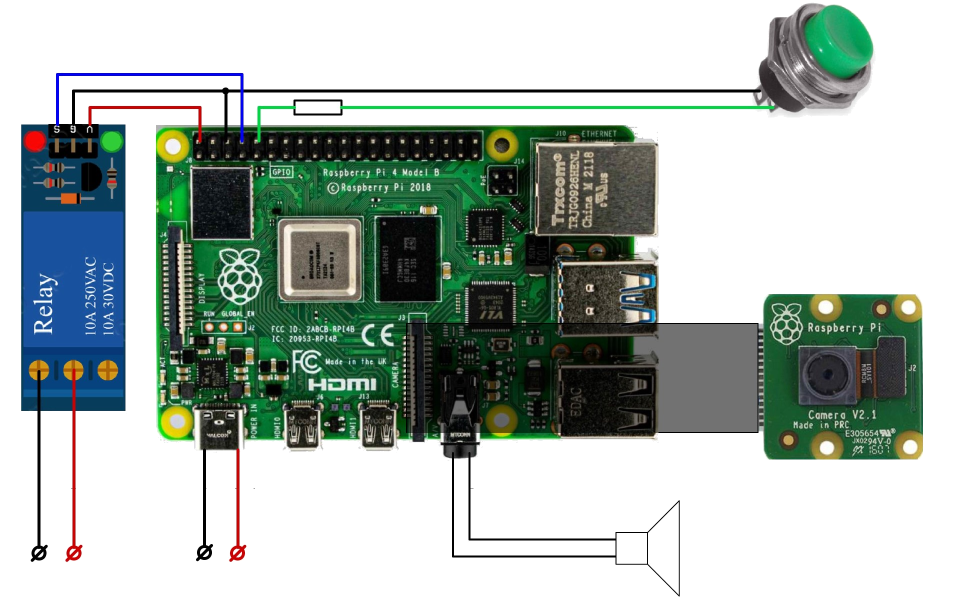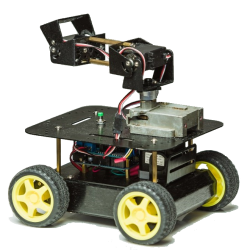Neural networks

In recent years, neural networks have increasingly become part of our lives. They have capabilities that traditional computer algorithms are not capable of. In many cases, it is neural networks that make it possible to do things that only the human brain is usually capable of.
One of the main functions that neural networks successfully perform is computer vision. Conventional algorithms are, of course, capable of analyzing video and determining the moments of various sudden changes in the frame (for example, detecting movement, fire, or the occurrence of any obstacles). But for a detailed analysis, it is still necessary to connect an operator who can interpret what the system has detected.
Neural networks make it possible not only to analyze photos and videos in real time, but also to identify objects that appear in the frame. This allows you to save a person from routine operations and speed up the processing of large amounts of incoming data. Moreover, the system can not only recognize objects, but also determine where they are moving and how they interact with each other.
Another function of neural networks is the ability to recognize faces or other biometric data (fingerprints, etc.). This allows you to add alternative user authentication options in addition to or even all the usual passwords.
And of course, we can’t help but mention working with text information. Neural networks at the present stage can do more than just recognize text and extract the necessary data from it. Learning from a large amount of existing data has made it possible to create systems that can write texts themselves upon request. Moreover, over time, the quality of the resulting texts becomes almost indistinguishable from real works.
In conjunction with text recognition, the creation of graphics also works. A neural network, based on a text description or an example in the form of a photograph, can generate its own image or even video. Here, of course, it is not always possible to achieve an ideal result - the human eye still clings to minor inaccuracies and inconsistencies and can distinguish the product of neural networks from the works of real artists. But development continues, and after some time the generated images may turn out to be indistinguishable from the work of a living person.
Yes, of course neural networks have certain limitations. First and foremost is the need to "train" the network for each function it needs to do. If you want to recognize a specific object in a video, then you must train the network using the example of a large number of similar objects. Moreover, if you want to add another object, then the learning process must be repeated. Yes, for typical functions (for example, identifying people, cars, or a predetermined set of things in a frame) But a neural network will never be able to identify an arbitrary object (for which it was trained)
For non-standard situations, there is a risk of false positives or the system not responding at all to some unexpected change. Therefore, in matters related to the safety of people or when controlling potentially dangerous mechanisms, neural networks must be used with great caution.
Another disadvantage of neural networks is their requirement for resources. The human brain is a very complex system. And to emulate its functions, large computing resources are required. Yes, this problem can be mitigated a little with separate processors that were originally designed for machine learning. But all the same, the more complex a function must be solved by a neural network, the more computing resources are required. Simple actions, such as facial recognition or simple audio commands, can be implemented directly on the local device. In this case, the trained neural network itself will be stored on the device and all actions with it will be performed on its own.
Complex systems that generate texts or photographs require several orders of magnitude more resources. Such neural networks are stored on separate supercomputers; therefore, Internet access is required to use them. Training such networks requires terrabytes of information and takes several months or even years.
In any case, familiarity with neural networks and their functions will be mandatory for any modern person in the next few years. If you not only know how to use them, but also implement the functions of neural networks into your projects, then this will allow you to create more and more interesting and popular projects
Door Lock with face recognition by neural network

Door lock with unlocking based on facial recognition results (from the entrance camera). The door is closed with an electric lock, which can be opened using a relay. After pressing the button, a photo of the person standing in front of the door is taken by the camera and a short buzzer sounds. After this, the controller is compared with a reference face using a facial recognition system based on a neural network.

 Books
Books Technology
Technology Electronics
Electronics Programming
Programming Web-interface
Web-interface Windowed Application
Windowed Application Video
Video Images
Images Audio
Audio Text
Text HTML
HTML Graphical interface
Graphical interface Lof-files
Lof-files Neural networks
Neural networks All tags
All tags Weaponry
Weaponry Arduino
Arduino Projects
Projects